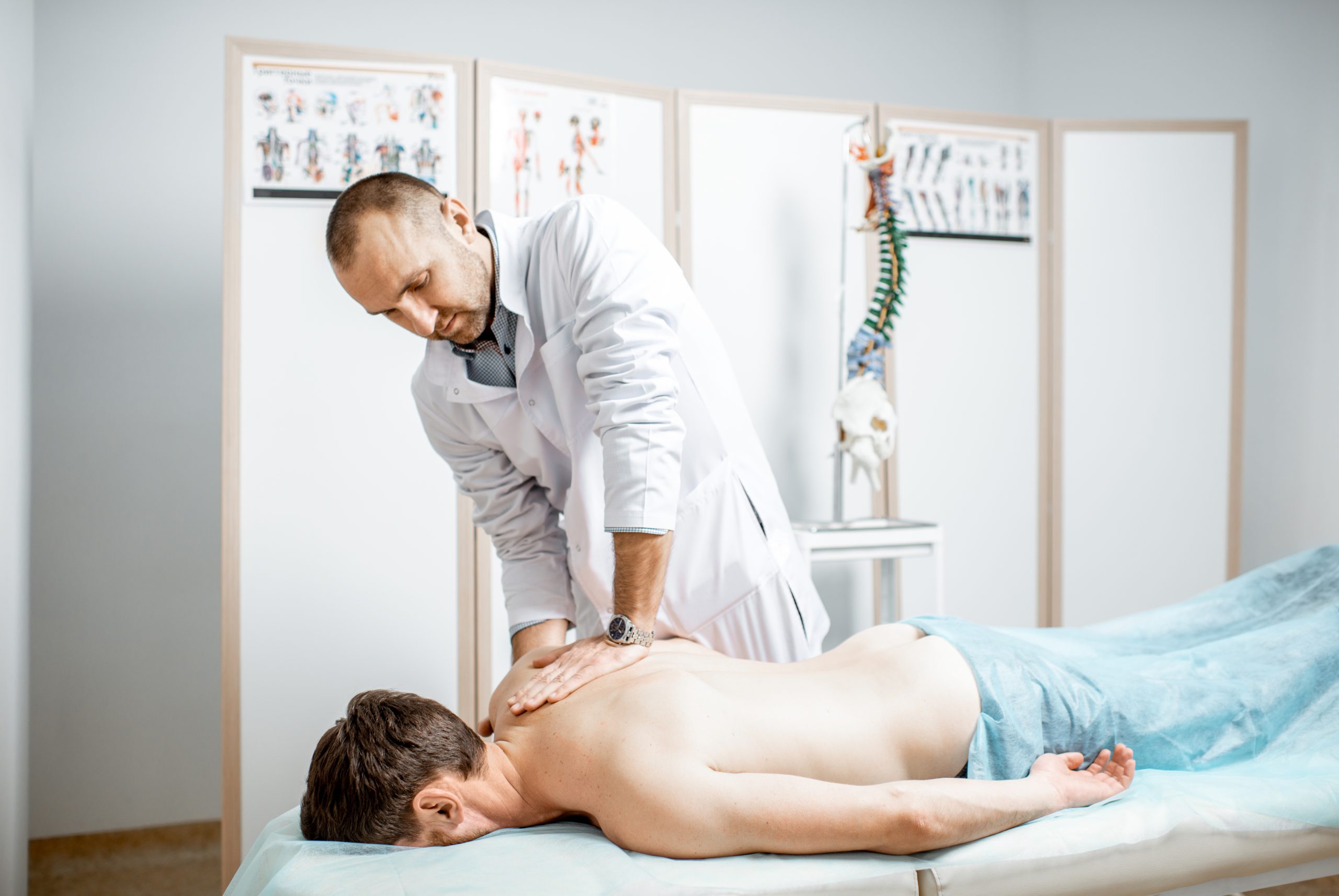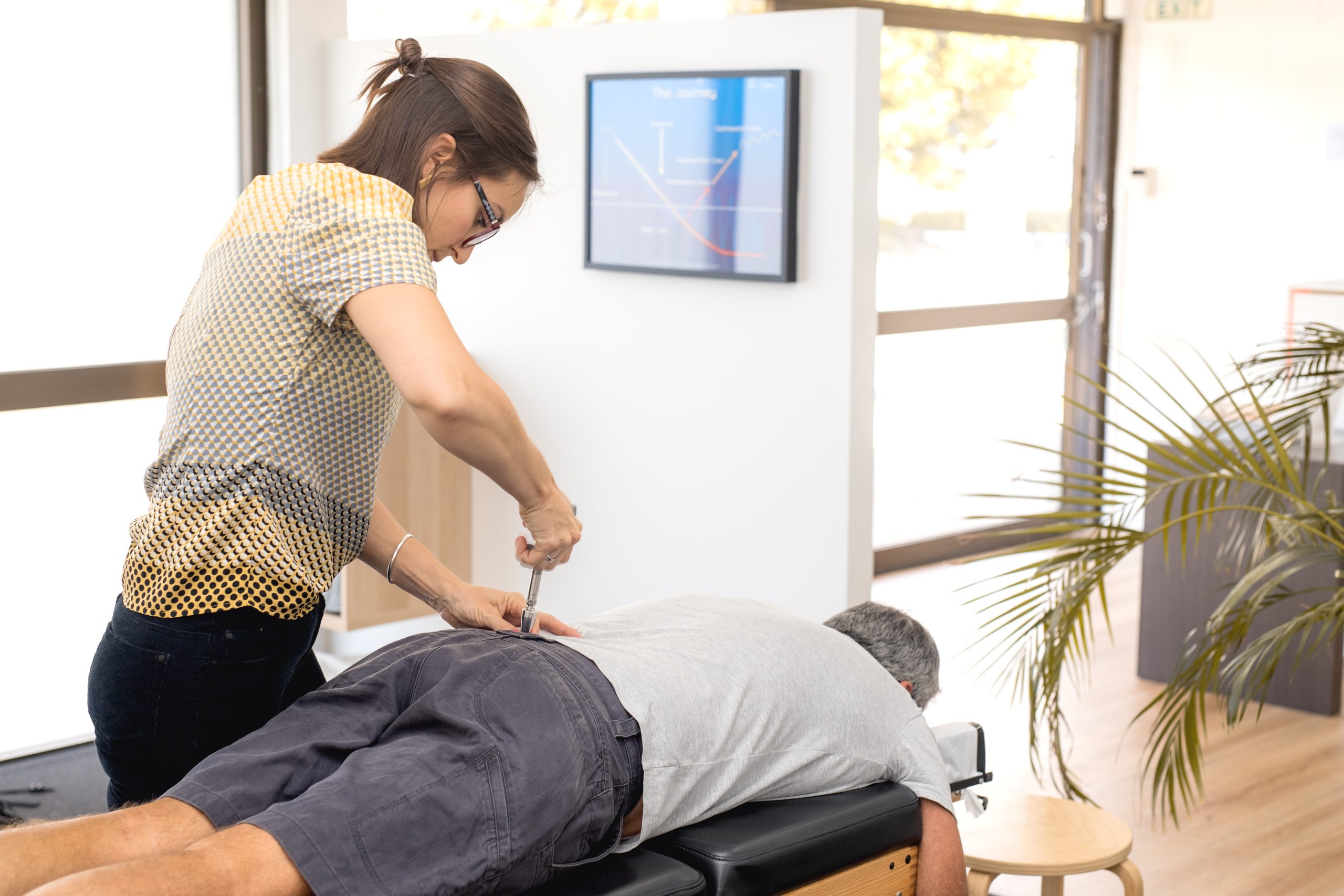If you’ve been recommended for spinal decompression therapy, you may be wondering how a spinal decompression machine actually works and why it’s considered so effective. This treatment, often performed on a decompression table, offers a non-invasive way to relieve pressure on spinal discs and nerves without the risks of surgery. Here’s everything patients should know about the technology, treatment process, and home-use options.
What Is a Spinal Decompression Machine?
A spinal decompression machine is a computer-controlled device designed to gently stretch and relax the spine in cycles. Patients lie comfortably on a cushioned decompression table, secured with a padded harness around the hips or torso. The machine applies precise traction to create negative pressure within the spinal discs, which:
- Encourages bulging or herniated discs to retract
- Improves nutrient and fluid flow for disc healing
- Reduces pressure on nearby nerves, alleviating pain and inflammation
Unlike traditional traction methods, modern machines adjust in real time to the patient’s resistance, ensuring a controlled, comfortable experience.
In-Clinic Technology vs. Home Units
In-Clinic Machines
Clinics typically use advanced decompression tables like the DRX9000 or Triton DTS. These offer customized treatment plans tailored to specific spinal conditions such as sciatica, degenerative disc disease, or spinal stenosis.
Home Units
There are smaller, portable decompression devices for home use, such as inversion tables or manual traction units. While convenient, these units are not as precise as in-clinic machines and lack the ability to fine-tune pull force or angle. They can be a good supplement, but shouldn’t replace professional care for serious conditions.
What to Expect from a Treatment Plan
Most treatment plans include 15–30 sessions over 4–6 weeks. Each session lasts 20–45 minutes. Many patients report feeling relief after just a few treatments, while others see gradual improvement as their spine heals over time. Decompression therapy is often paired with physical therapy, chiropractic adjustments, or massage for the best results.
Frequently Asked Questions
Q: Is a spinal decompression machine safe?
A: Yes, when administered by trained professionals, it’s FDA-cleared and considered safe.
Q: Can I use a decompression table at home?
A: Some home units are available, but they’re less effective and not suitable for all conditions.
Q: How does this differ from an inversion table?
A: Inversion tables use gravity to stretch the spine, but they lack the precision and controlled cycles of a clinical decompression machine.
Conclusion
Spinal decompression machines provide a safe, effective way to relieve back pain and nerve compression. Whether using an in-clinic decompression table or a home device, understanding how this technology works can help set realistic expectations and improve results.




